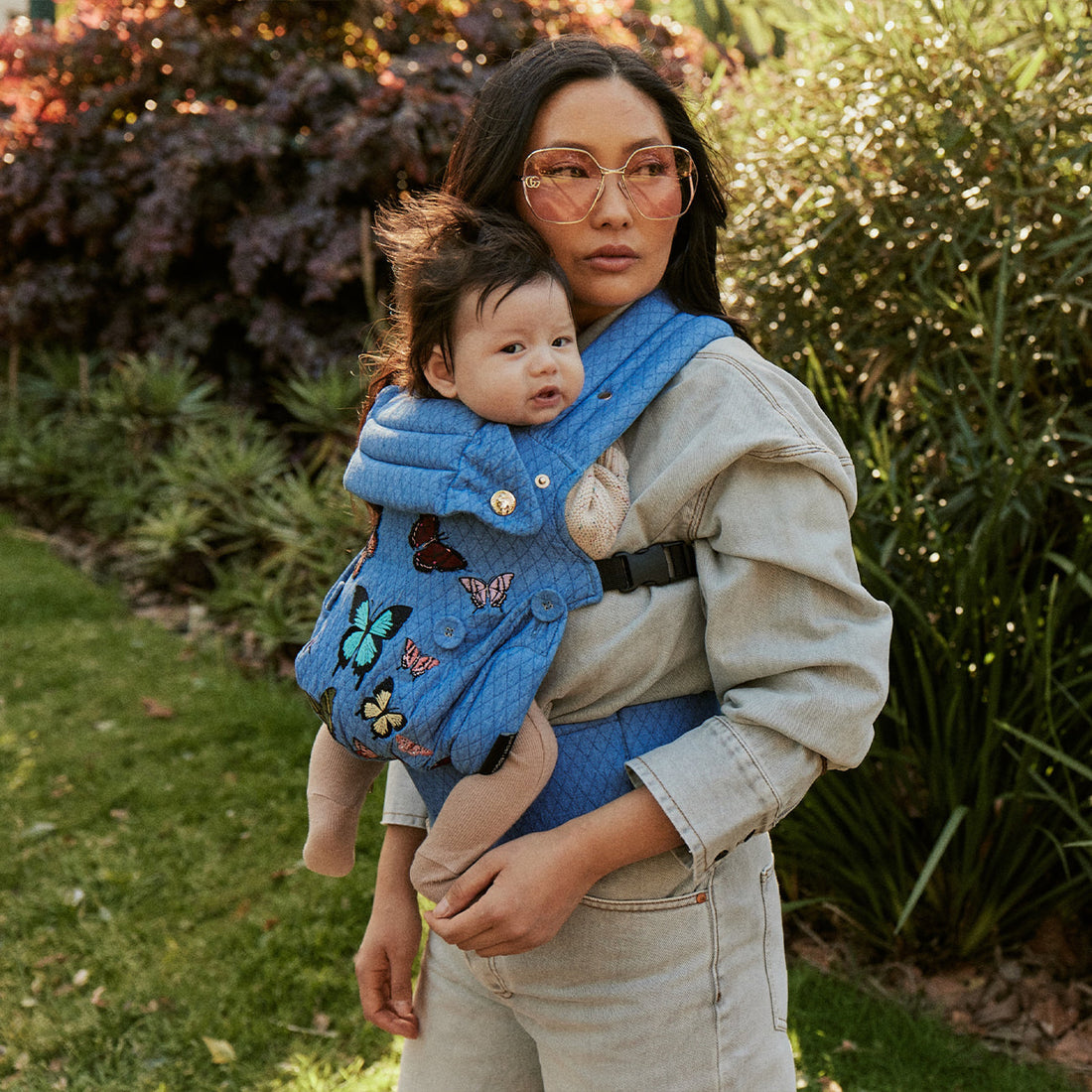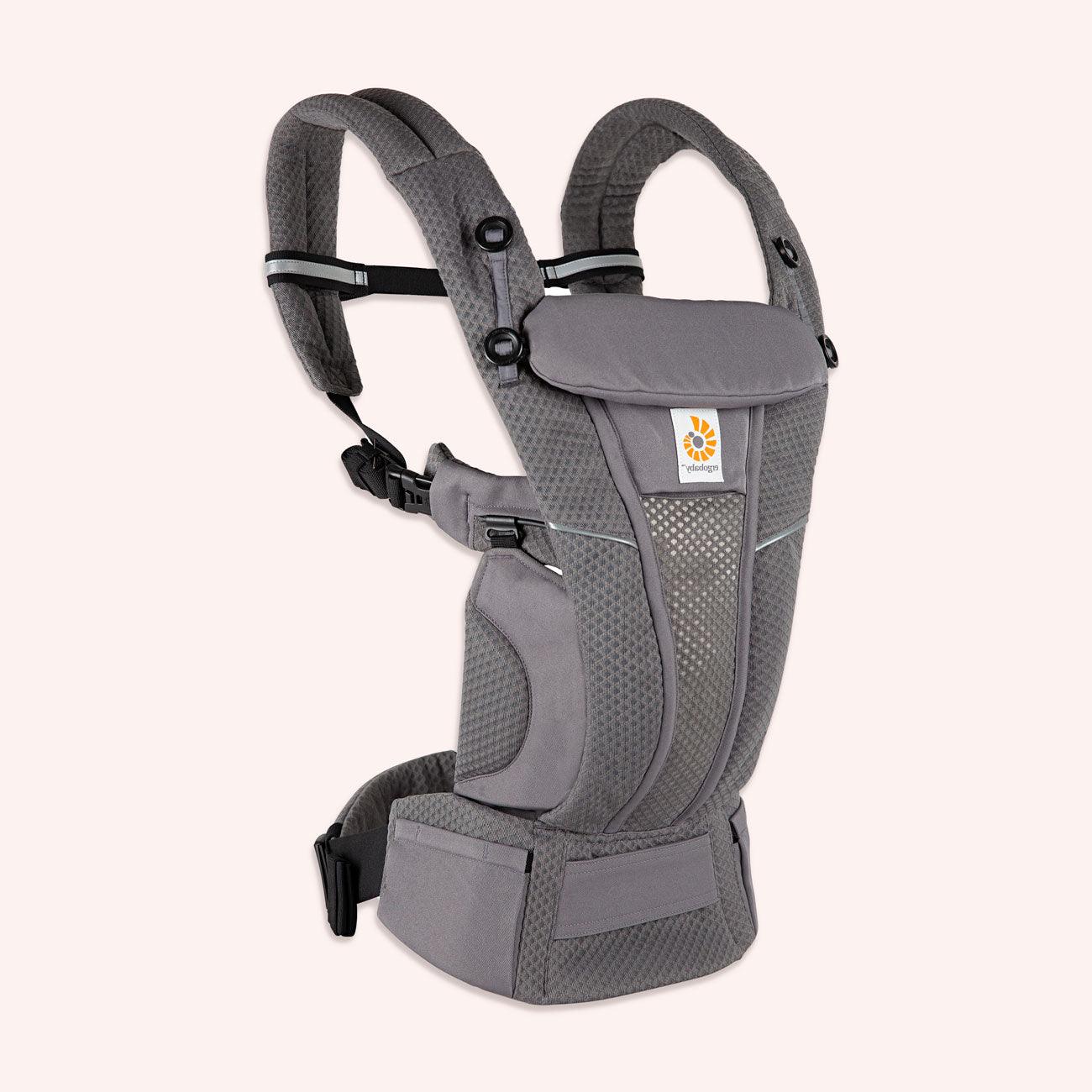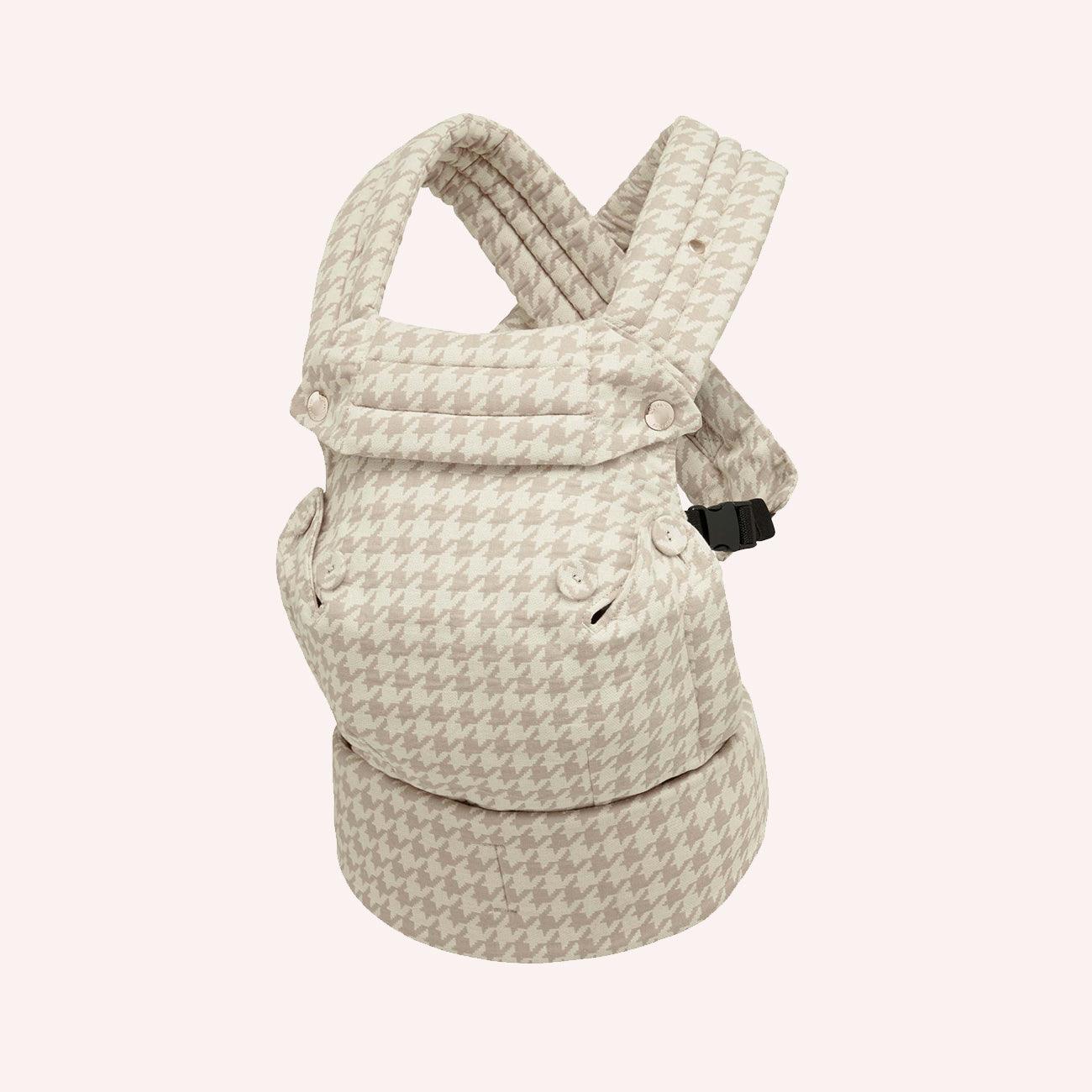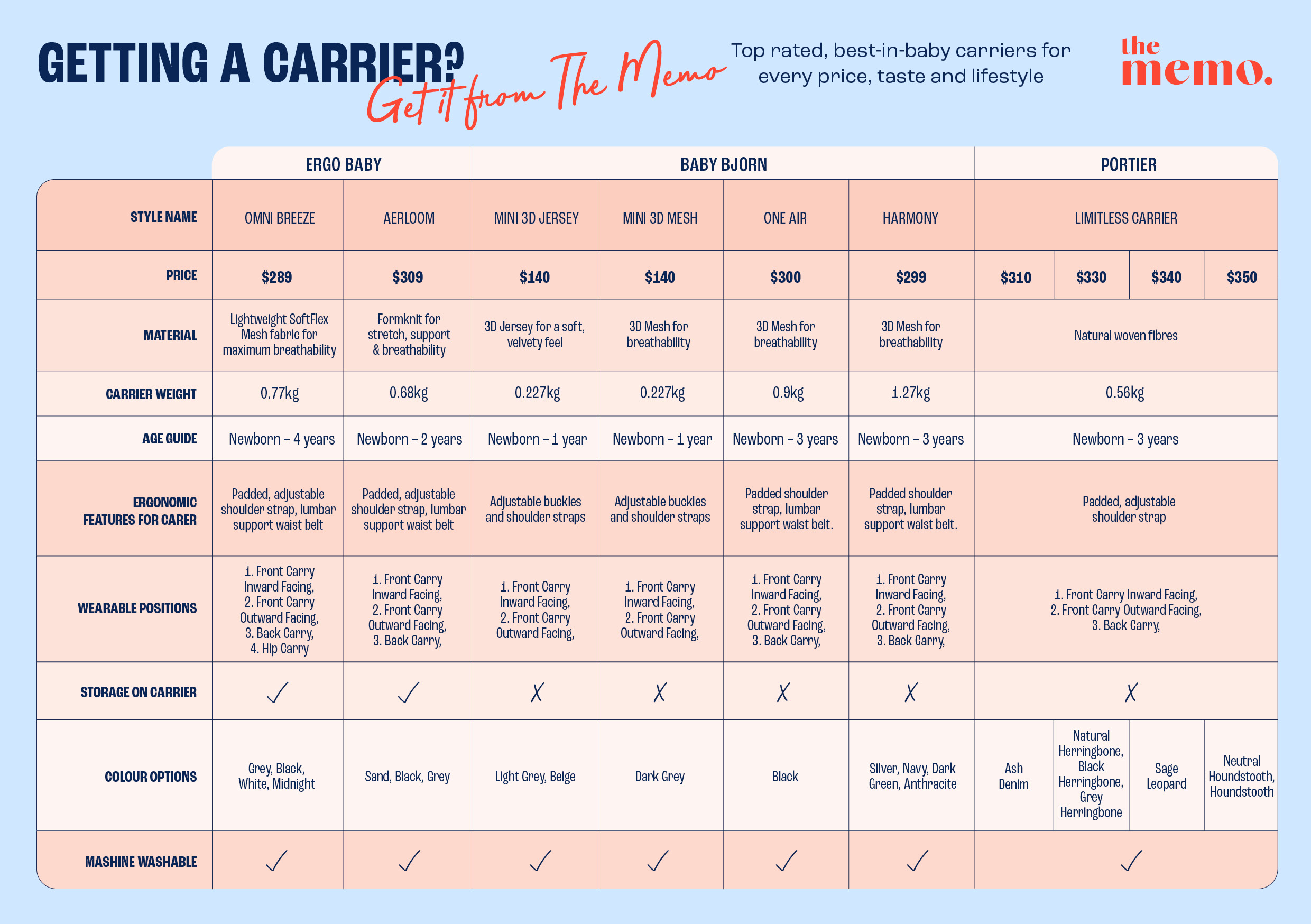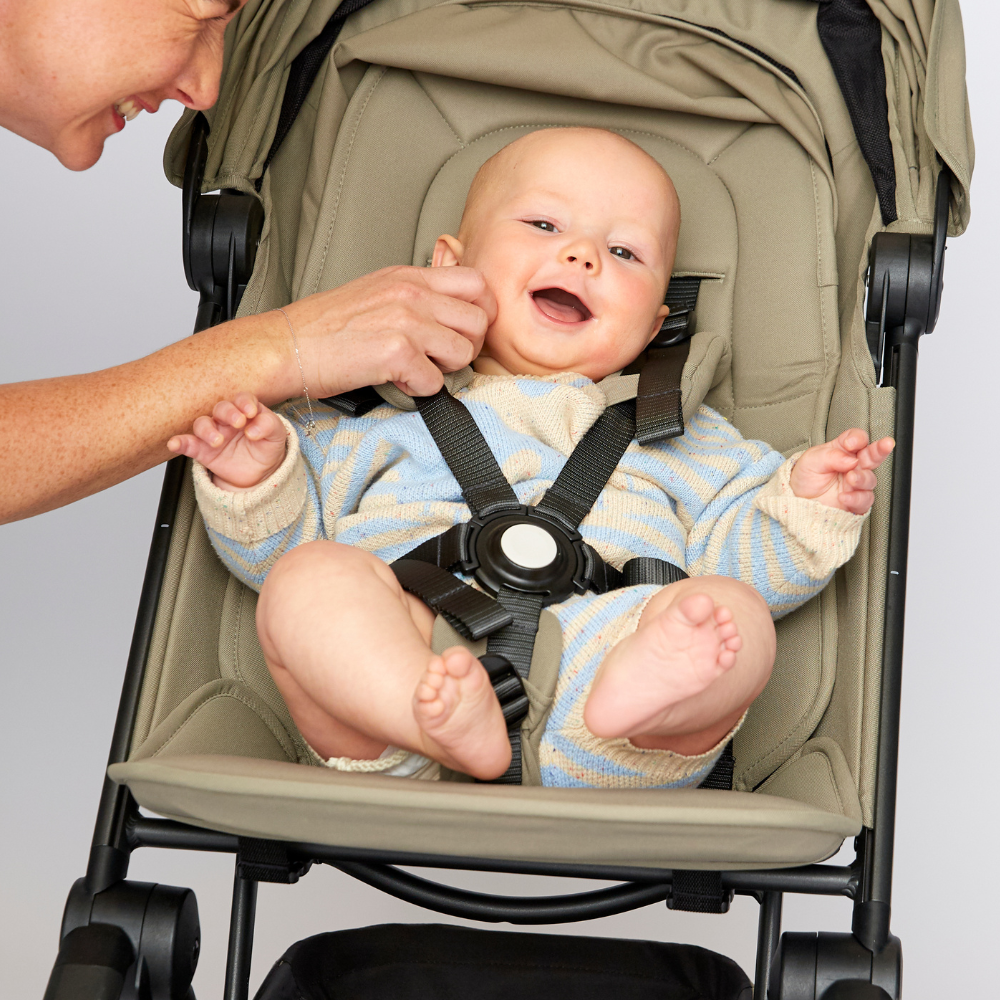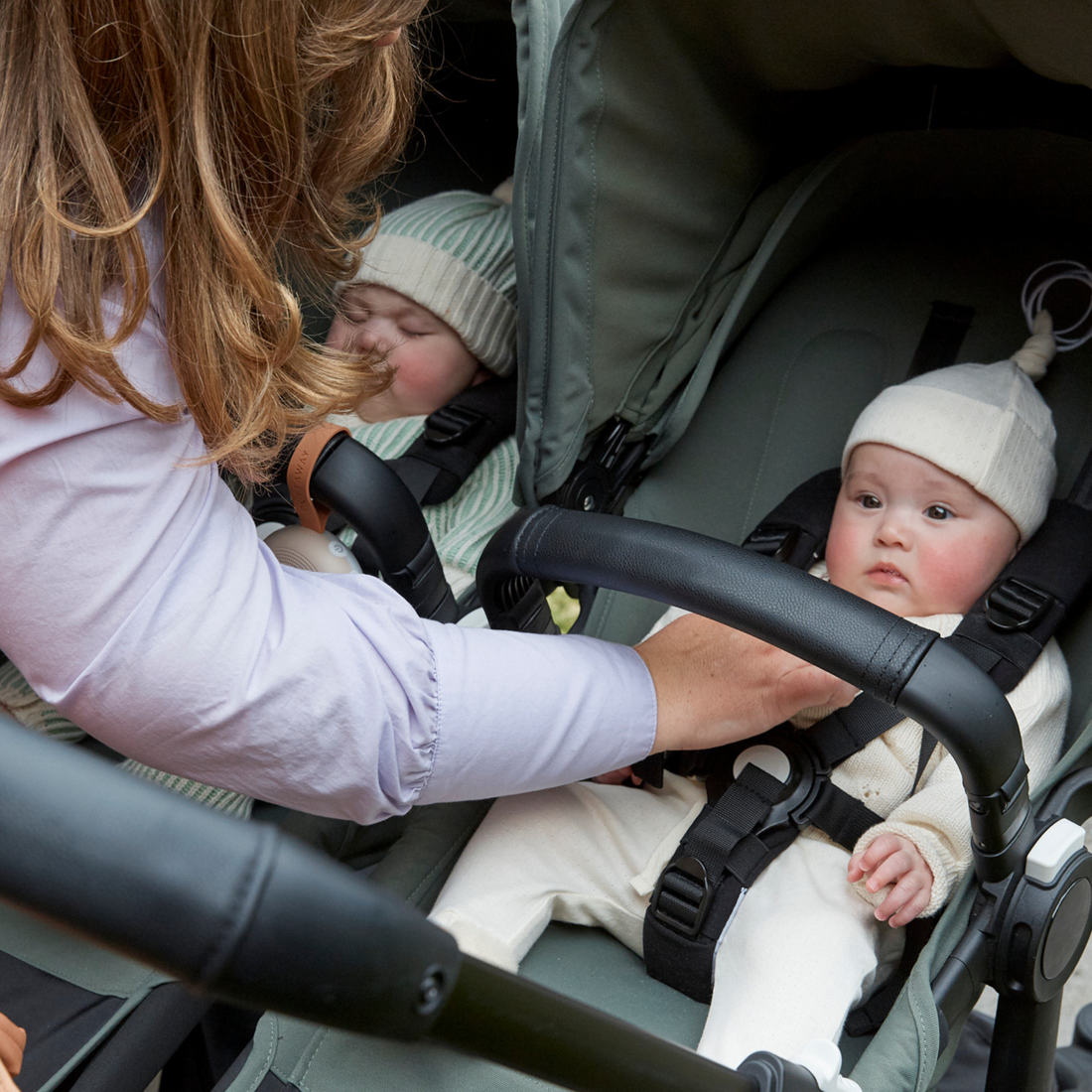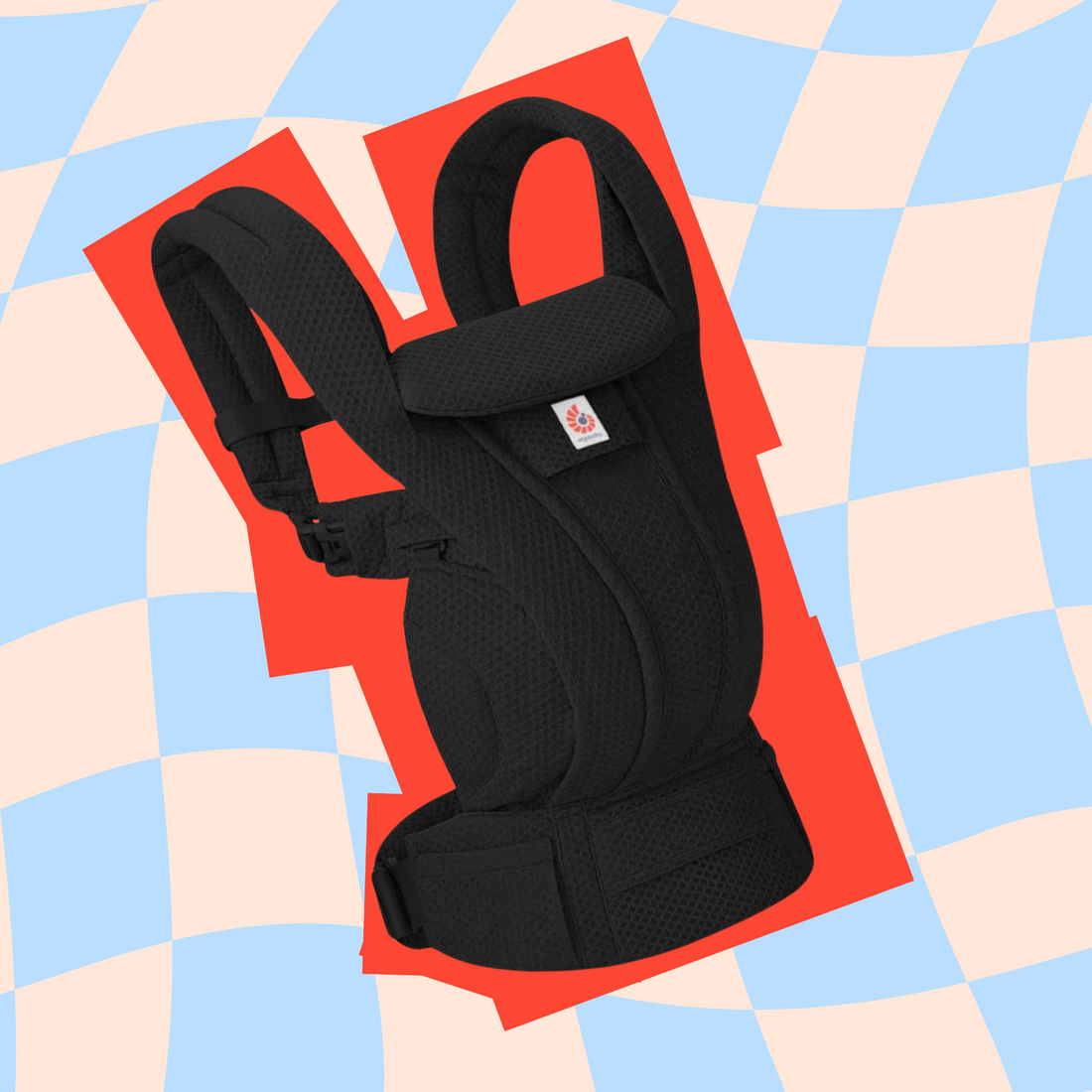Front or back facing? Are they hot? Itchy? Uncomfortable? Will they make my back ache? Do I even need one? These are the things we wonder when faced with a contraption to strap your small human to your body. An entirely foreign concept, until you started baby shopping.
The biggest reason behind the rise of the carrier is that it’s a great way to keep your hands free whilst enjoying close contact with your child. ‘Baby wearing’ as it is often known, can keep your baby calm, settled and comfortable whilst facilitating the bond between baby and parent. And, you can actually get stuff while you wear them.
In case anyone asks, or gives you the “we never had that in my day,” baby carriers are not a modern phenomenon, they date back to the Egyptian period in 3100 B.C.E when cotton pickers made slings out of dress fabric to hold their babies while they worked. They were wide in the middle and narrower at the ends, the same as they are today. History lesson complete.
With so many carriers on the modern market, all offering similar features, it’s understandably a crowded and overwhelming space for new parents. Don’t worry, being The Memo, we’ve done the culling for you and only stock six really good ones. Here we’ll guide you to which of the six is for you.
Will I use a carrier?
Like a pram, a carrier is a way of safely getting out and about with your baby with slightly less amount of physical freedom.. They are a better choice than a pram when you need to be more nimble ( a lot more compact than a stroller) or want to keep your baby closer. They are particularly useful if you:
- Are a frequent traveller (especially solo parenting or have other children.)
- Enjoy getting outside in terrain where a stroller’s wheels may struggle.
- Run errands and don’t want to always take the pram in tight spaces, e.g. busy supermarkets.
- Have a baby that likes contact naps but you want to get chores done around the house while they sleep on you.
They are also very handy for unsettled babies or those going through a particularly clingy moment whether through sickness or other where they don’t want to be put down, because let’s be frank - sometimes we just have to get sh*t done.
How to wear:
There is some variety in design across brands. They all offer 2, some even 3 or 4 ways to wear, but these are the most common:
- Front Carry Inwards Facing
What: this is where your baby’s body is facing inwards towards you.
When: this is a position you can always come back to, but especially recommended for the first few months.
Great for: establishing a bond between carer and baby, keeping in warmth, reducing excessive external stimulation
- Front Carry Outwards Facing
What: this is when your baby’s back is against your chest and their head is facing outwards.
When: around 5 months old or when they have good head and neck control.
Great for: external stimulation and engaging with the big wide world.
What: this is where the baby carrier is worn like a backpack with your baby’s chest pressed against your back, with their head able to rotate and face out either side.
When: 10+ months. Note that as you do not have the same degree of supervision when they are on your back, you may want to wait until they are close to one year old before trying this position.
Great for: giving your back and shoulders a break when it becomes too heavy to carry on the front or hip. It also is ideal for external stimulation and allowing your baby to engage and connect with their surroundings.
What: a one shouldered carry where your baby is positioned facing inwards or outwards in the carrier on your hip.
When: safe from 6 months+
Great for: providing increased airflow for both caregiver and baby when the weather's hot.
Now, let's go into some considerations to find the best carrier to align with your family, your needs and your lifestyle. Below are some questions to ask yourself:












